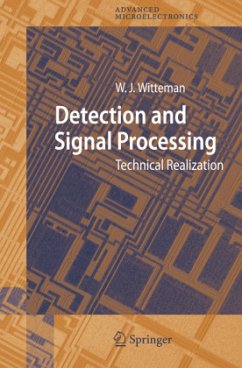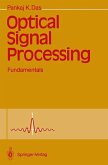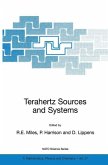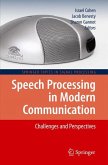This comprehensive monograph deals with detectors, signal processors and related noise phenomena. Detailed quantitative analyses are developed in a consistent format for thermal detectors, vacuum detectors, semiconductor detectors and avalanche detectors, as well as their accompanying noise currents. For signal processing applocations, the monograph treats in detail the operational amplifier, signal averagers, waveform analyzers, correlation techniques and heterodyne detection. Several original extensions are reported, especially for correlation devices and heterodyne detection with noise rejection. In addition, results of analyses are illustrated with examples of operating systems and of applications in space communication and laser radar.








